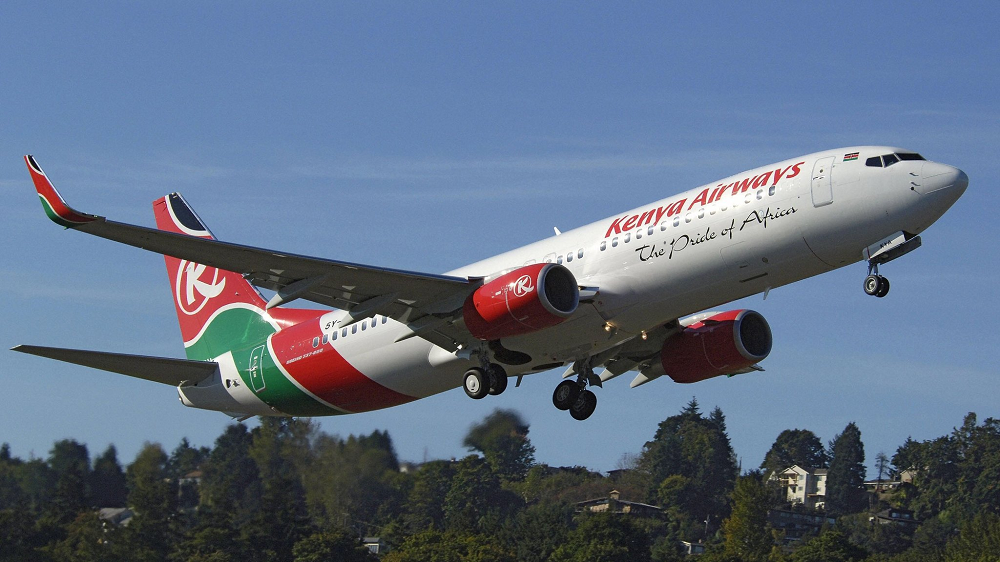The International Air Transport Association (IATA) on 21st June upgraded its outlook for the airline industry’s 2022 financial performance as the pace of recovery from the COVID-19 disruption quickens. Industry losses are expected to reduce to -$9.7 billion (improved from the October 2021 forecast for an $11.6 billion loss) for a net loss margin of -1.2%.
Read Also >> Kenya Airways To Spend Billions On Flying Taxis
That is a huge improvement from losses of $137.7 billion (-36.0% net margin) in 2020 and $42.1 billion (-8.3% net margin) in 2021. Industry-wide profitability in 2023 appears within reach with North America already expected to deliver an $8.8 billion profit in 2022.
Efficiency gains and improving yields are helping airlines to reduce losses even with rising labor and fuel costs (the latter driven by a +40% increase in the world oil price and a widening crack spread this year). Industry optimism and commitment to emissions reductions are evident in the expected net delivery of over 1,200 aircraft in 2022.
Strong pent-up demand, the lifting of travel restrictions in most markets, low unemployment in most countries, and expanded personal savings are fueling a resurgence in demand that will see passenger numbers reach 83% of pre-COVID levels in 2022. Despite economic challenges, cargo volumes are expected to set a record high of 68.4 million tonnes in 2022.
“Airlines are resilient,” said Mr Willie Walsh, IATA’s Director General. “People are flying in ever greater numbers. And cargo is performing well against a backdrop of growing economic uncertainty. Losses will be cut to $9.7 billion this year and profitability is on the horizon for 2023. It is a time for optimism, even if there are still challenges on costs, particularly fuel, and some lingering restrictions in a few key markets.”
Outlook Drivers
Revenues are rising as COVID-19 restrictions ease and people return to travel. The challenge for 2022 is to keep costs under control. “The reduction in losses is the result of hard work to keep costs under control as the industry ramps up,” Mr Walsh says.
The improvement in the financial outlook comes from holding costs to a 44% increase while revenues increased 55%. As the industry returns to more normal levels of production and with high fuel costs likely to stay for a while, profitability will depend on continued cost control.
“And that encompasses the value chain. Our suppliers, including airports and air navigation service providers, need to be as focused on controlling costs as their customers to support the industry’s recovery,” he added.
Revenues
Industry revenues are expected to reach $782 billion (+54.5% on 2021), 93.3% of 2019 levels. Flights operated in 2022 are expected to total 33.8 million, which is 86.9% of 2019 levels (38.9 million flights).
Passenger revenues are expected to account for $498 billion of industry revenues, more than double the $239 billion generated in 2021. Scheduled passenger numbers are expected to reach 3.8 billion, with revenue passenger kilometers (RPKs) growing 97.6% compared with2021, reaching 82.4% of 2019 traffic.
Read >> Diaspora Banking Comes With Investment Options
As pent-up demand is released with the easing of travel restrictions, yields are expected to rise 5.6%. That follows a yield evolution of -9.1% in 2020 and +3.8% in 2021.
Cargo revenues are expected to account for $191 billion of industry revenues. That is down slightly from the $204 billion recorded in 2021, but nearly double the $100 billion achieved in 2019. Overall, the industry is expected to carry over 68 million tonnes of cargo in 2022, which is a record high.
As the trading environment softens slightly, cargo yields are expected to fall 10.4% compared with2021. That only partially reverses the yield increases of 52.5% in 2020 and 24.2% in 2021.
Overall expenses are expected to rise to $796 billion. That is a 44% increase on 2021, which reflects both the costs of supporting larger operations and the cost of inflation in some key items.
Next >> Bank CEO’s 4-Point Plan To Transform Africa’s Economy













Leave a comment